
After seven years away from a director’s chair with RESIDENT EVIL stamped on the back of it, Paul W.S. Anderson is captain of the ship once again for AFTERLIFE, the fourth installment of the series. Anderson took a few moments out of his very hectic day to speak with myself and a handful of other journalists about returning to the franchise, as well as what it’s like shooting in “real” 3D.
PAUL WS ANDERSON INTERVIEW
Talk about coming back to this franchise as a director, and what made you want to do it…
Anderson: Well, I never really thought I went away, because I’ve written all the movies, produced them all, and certainly provided services above and beyond the average producer on two and three, you know, I was on set for most of the films, and called action and cut a lot of the time, and all that good stuff. So I was excited about the fourth movie, I guess conceptually, because what I thought we should do is make a conceptual jump like TERMINATOR did to T2, so like it was still the TERMINATOR franchise but it was bigger and grander, and that was our idea with this RESIDENT EVIL. It will still be RESIDENT EVIL, it’ll have all the really cool RESIDENT EVIL things in it – the characters from the game, the dogs you’ve seen – but the dogs are on a new level, so it’s like these dogs are a massive improvement on the dogs before. I think some of the sets we’re building and the locations we’re using are giant, like a big conceptual jump to make the movie a bigger and grander event.
In terms of the story, how do you reconceptualize the RESIDENT EVIL movie with this change in the way you shoot?
Anderson: I wrote a script that I thought emphasized depth, because I think that’s very suitable to 3D obviously, but I kind of feel like I’ve always directed movies like they were ride films anyway. I’ve used that term from EVENT HORIZON onwards – there’s a scene in EVENT HORIZON where the characters go through this tunnel that rotates, and that was taken directly from a ride at Universal Studios where it f*cked with your equilibrium. So I’ve been very into that and I’ve often referred to ride films like the BACK TO THE FUTURE ride because they’re very immersive, so I’ve always tried to do camera moves that I felt were immersive, so I think as a filmmaker my style of filmmaking is very well suited for 3D anyway.

At what point did you realize you wanted to get back into the director’s chair for RESIDENT EVIL?
Anderson: I kind of always wanted to be there. It’s been a very difficult decision for the last two when I couldn’t, it was always clashing schedules. You know, I had the opportunity to work with Aliens and Predators when RESIDENT EVIL 2 was being made, and it was for two different studios, it was for Fox and Sony, and they don’t care about one another, they just want their movies, so it was very difficult to delay one, I had to make a very difficult decision to step away from directing the second movie. With the third movie, it was the same, I had this movie called DEATH RACE that was a passion project for me, that I’ve had in development for almost ten years and suddenly it was igniting. Again I felt it would be very difficult to direct both movies, although on the last RESIDENT EVIL I was on set for pretty much every single day of principal photography. On this film I was fortunate that – hopefully in touch with my next movie, which is this version of THREE MUSKETEERS that we’re trying to fast-track right now, and it’s for the same company that RESIDENT EVIL is, I’ve been fortunate that I don’t have any clashes right now, as soon as that became apparent I jumped into the director’s chair.

That’s in 3D as well, right? You feel like you’re not going to go back now?
Anderson: I don’t think so. I really believe in 3D, I really think it’s the wave of the future for cinema. Certainly, as a filmmaker I feel like it’s like you’re directing a talkie for the first time and talkies are the new thing. It’s a really exciting medium to work in. And you really fell like you’re on the cutting edge – and you know you are, because all the camera equipment you take for granted doesn’t exist for 3D. All the cranes with the stabilized heads, they don’t work for 3D, because they’re all built for lightweight camera packages. Cranes on this movie, they break after a couple of days. You can see them. We’re having to build our own heads, build our own cranes, there’s no such thing as motion control that exists for 3D. We’re having to build our own motion control rigs. We did a lot of helicopter shooting in LA and also in Alaska, which looks fantastic, but we had terrible problems, because the helicopters weren’t built to carry the weight of two cameras. It’s been very, very difficult, but I think the plus side is you’re getting something very exciting.


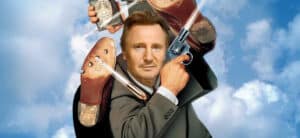

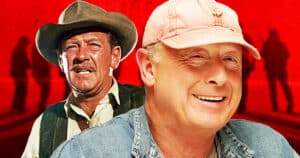
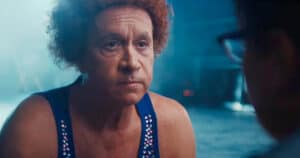

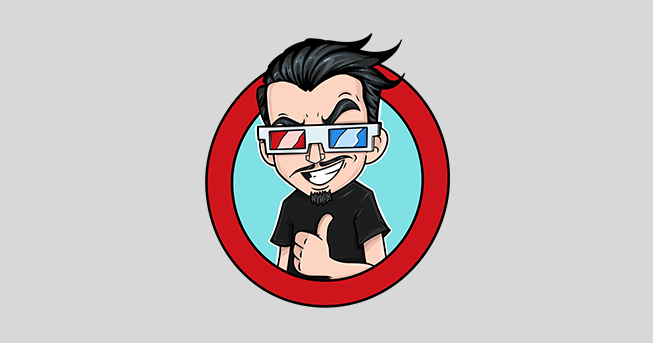
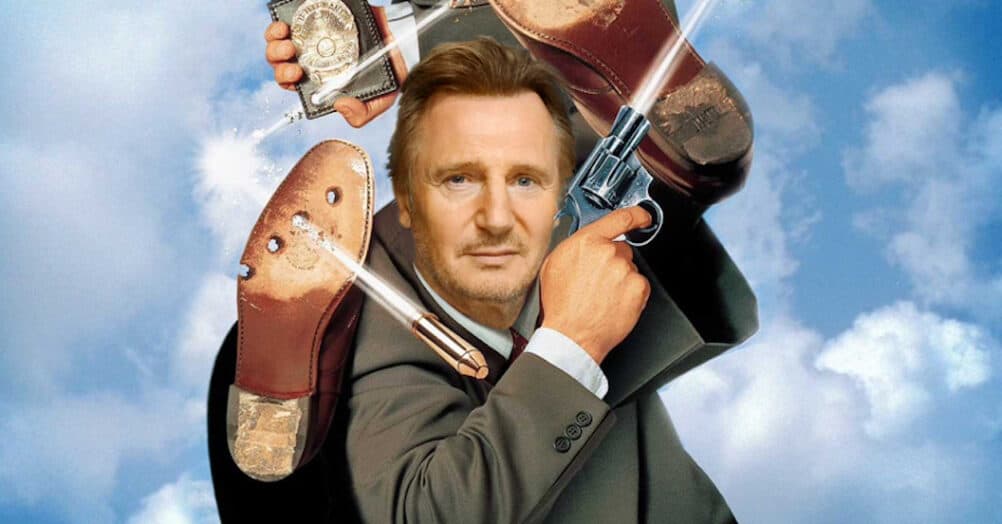
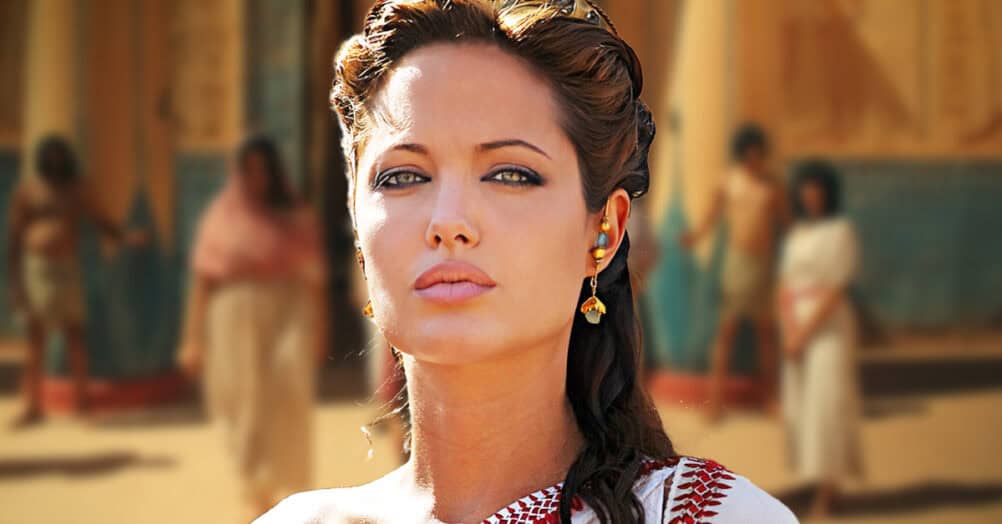
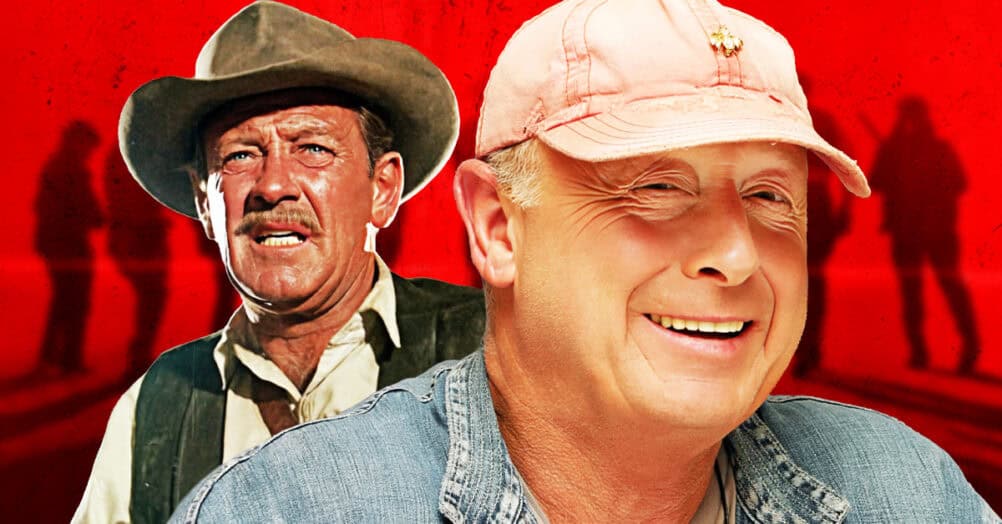
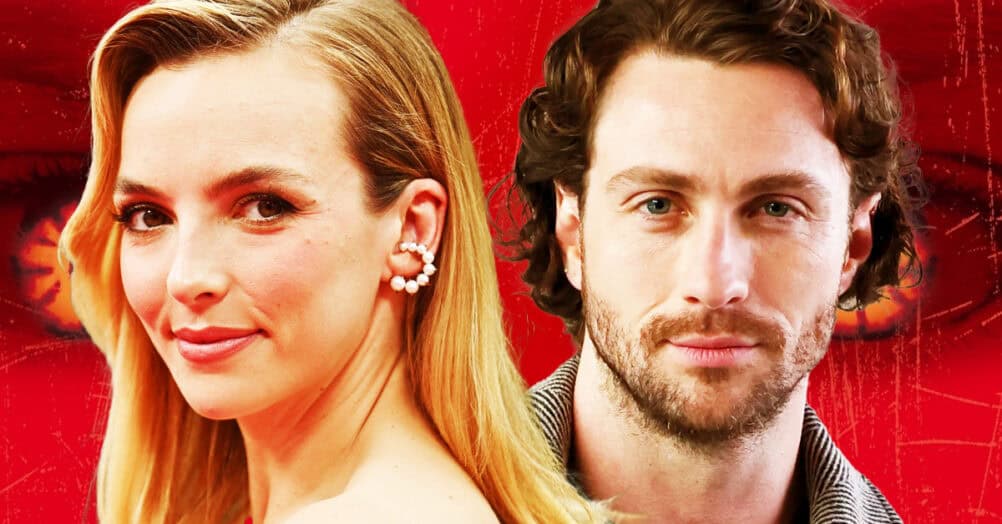
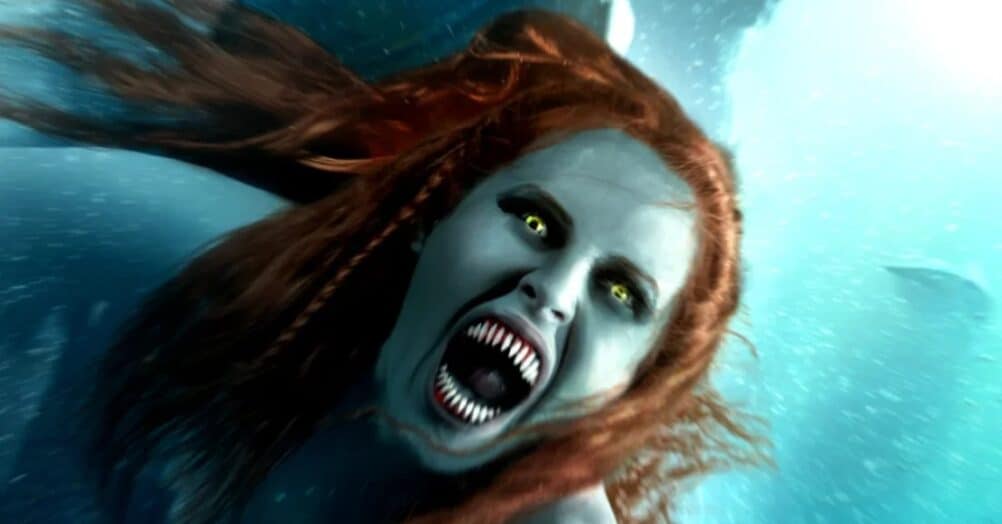
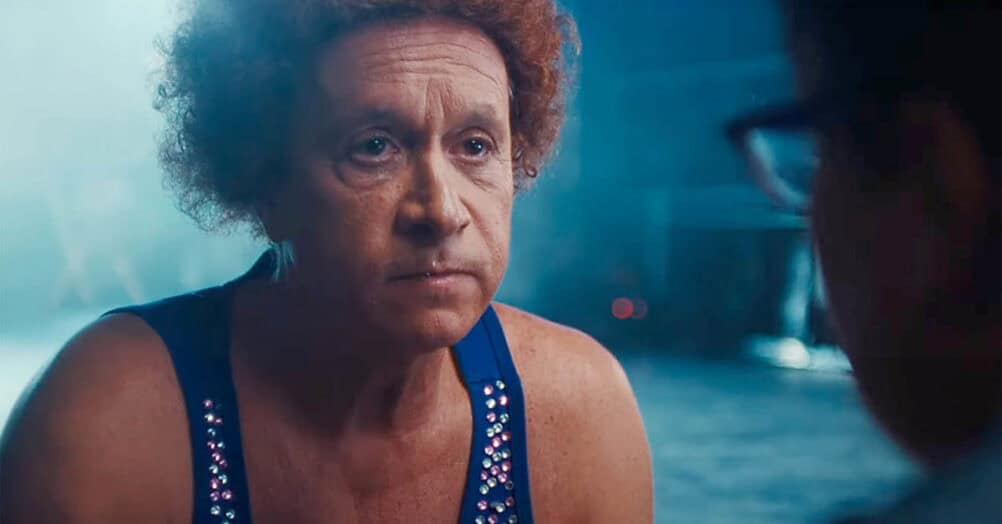
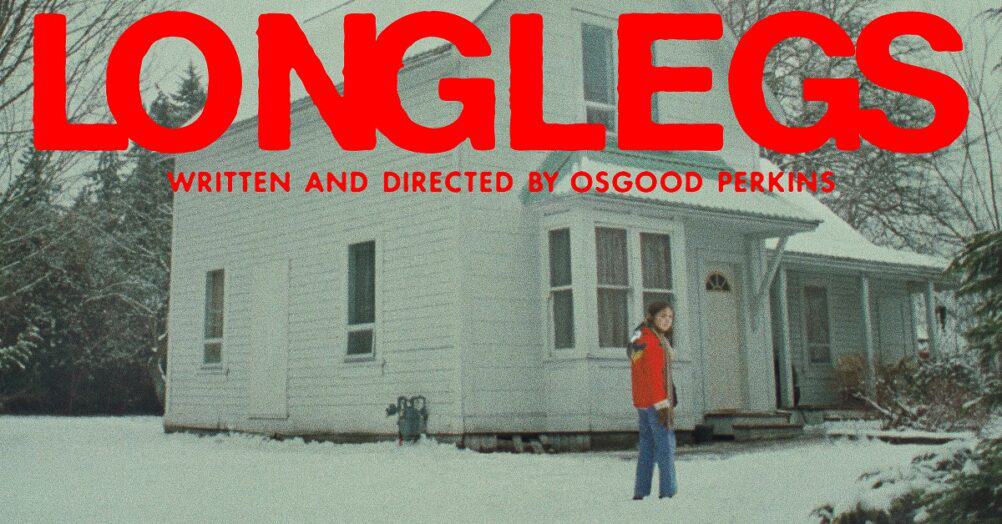
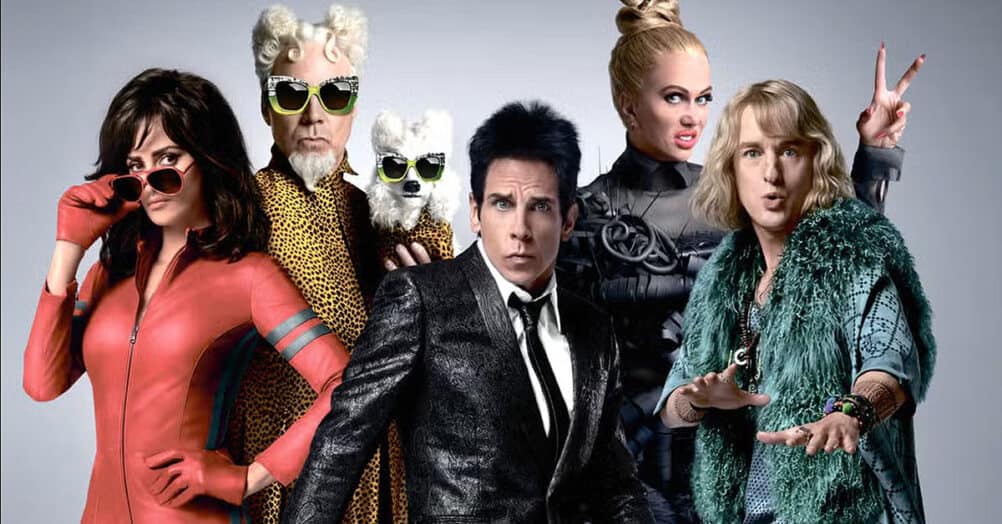
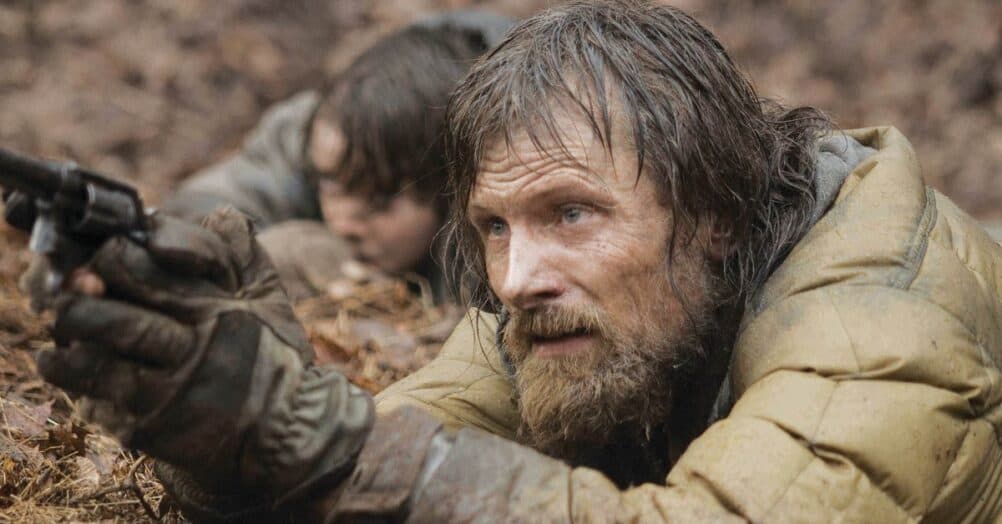

Follow the JOBLO MOVIE NETWORK
Follow us on YOUTUBE
Follow ARROW IN THE HEAD
Follow AITH on YOUTUBE